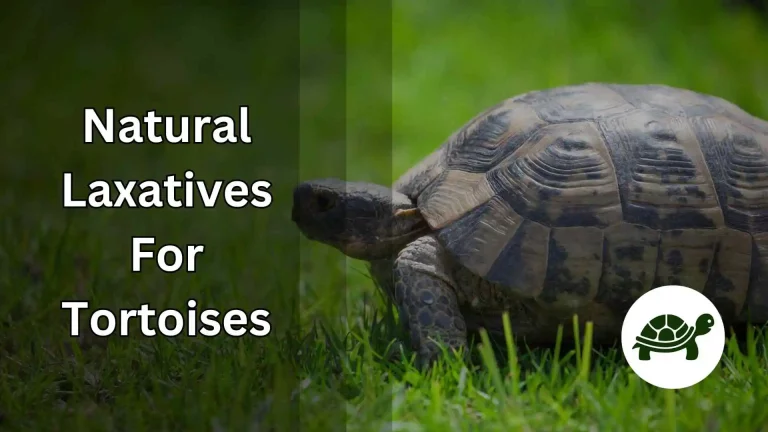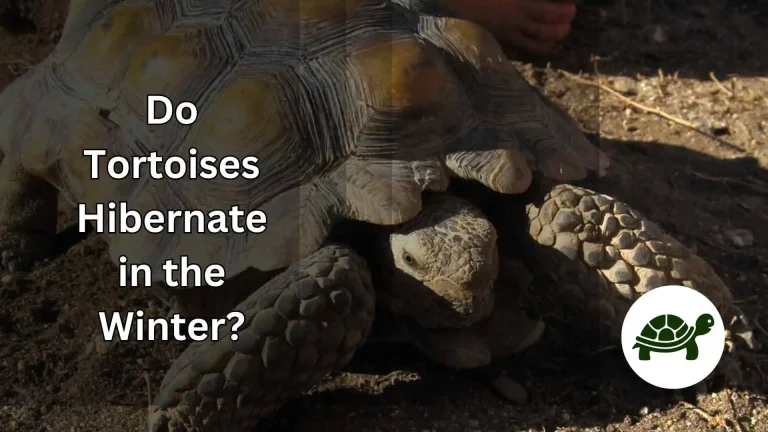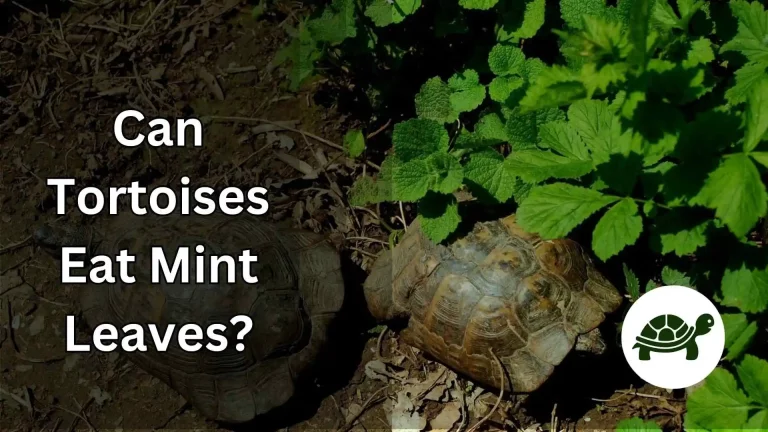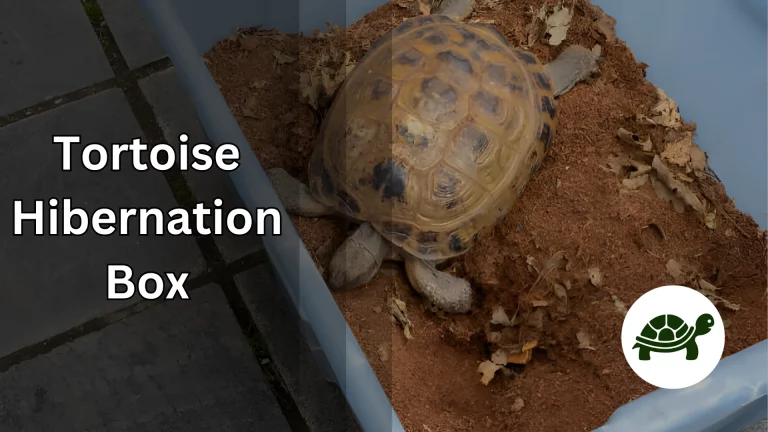Tortoise Noises Meaning – All You Need To Know
Tortoises, with their ancient, wise demeanor and captivating presence, have steadily gained popularity as beloved pets in households worldwide. These age-old creatures, often associated with tales of wisdom and endurance, have a unique way of capturing the hearts of those fortunate enough to care for them. Their tranquil nature and gentle movements often paint a picture of silent contemplation, making them the perfect calming companions for many homes.
However, beyond this calm exterior lies a surprising realm of vocal expression. For many, the allure of owning a tortoise lies not just in their serene disposition but in the deep bond that forms between pet and owner—a bond that’s often strengthened when one begins to understand and respond to the creature’s subtle noises. Whether it’s a soft hiss or a curious click, each sound holds significance, telling a story about their emotions, environment, and interactions.
Embarking on the journey to understand the various noises a tortoise makes is not only fascinating but crucial. It provides invaluable insights into their moods and needs, acting as a bridge of communication between human and reptile. By tuning into this unique language, owners can ensure the well-being of their shelled companions, forging a bond that’s both deep and informed. So, dive with us into the world of tortoise sounds and uncover the secrets behind each vocal cue.
Common Misconceptions About Tortoise Noises
When you think of a tortoise, the first image that probably springs to mind is that of a quiet, slow-moving creature, silently going about its business. This common perception often leads to the first major misconception about tortoises: that they are completely silent beings. In reality, tortoises possess a range of sounds that convey a myriad of emotions and reactions to their environment.
Another widespread myth is that the sounds made by tortoises are merely random noises, devoid of any real meaning or purpose. On the contrary, much like birds chirping or dogs barking, each noise a tortoise produces holds significance, often acting as a window into their feelings or state of health. By dismissing these sounds as mere ‘background noise’, we might miss crucial cues about their well-being.
Lastly, some believe that if a tortoise is making noises, it’s an immediate sign of distress or illness. While certain sounds can indeed indicate discomfort or a potential health concern, not every noise is a cry for help. Just as humans have a variety of vocal expressions, tortoises too use their sounds to communicate various states, from curiosity to contentment.
Types of Tortoise Noises and Their Meanings
The symphony of sounds that a tortoise can produce is both varied and enlightening. Each sound, whether soft or loud, fleeting or prolonged, tells a unique story about their emotions, environment, and interactions.
Hissing
This is perhaps the most commonly recognized tortoise noise. Contrary to some beliefs, it’s not always a sign of aggression. Hissing can occur when a tortoise is startled or feels threatened, almost like their version of saying, “Give me some space!” It can also result from the expelling of air as they retract into their shells. For tortoise enthusiasts, understanding the context of this hiss is key to interpreting its exact meaning.
Grunting or Puffing
Ever heard a soft grunt or puff from your shelled friend? This can sometimes be associated with mating behaviors, especially in males. However, grunts or puffs can also be an indicator of discomfort, like when they’re in an unfamiliar environment or if something is amiss in their habitat. Continuous or frequent grunting may warrant a check-up to ensure there aren’t underlying health issues.
Clicking or Clucking
This is a less common, yet equally intriguing tortoise noise. Some tortoise owners and experts believe this sound is a sign of curiosity or even contentment, akin to a cat’s purring. It can occur when they’re exploring a new toy, interacting with another tortoise, or even while enjoying a particularly tasty meal.
Others
While the above are some primary sounds, tortoises can produce a range of other noises, each with its unique story. From soft squeaks to deeper murmurs, the key to understanding these sounds lies in careful observation and a deep bond with your pet.
Factors Influencing Tortoise Noises
The intricate world of tortoise sounds is not just influenced by their immediate emotions or interactions, but also by several external and intrinsic factors. Delving into these can help us better understand and care for our shelled companions.
Age and Size

Just as a baby’s cry is different from an adult’s voice, the age and size of a tortoise can play a significant role in the sounds it produces. Younger tortoises might have higher-pitched and softer noises, while mature ones produce deeper and louder sounds. The size of the tortoise can also impact the volume and tonality of the noises, with larger tortoises often having a more resonant vocal range.
Environment and Habitat

A tortoise’s surroundings are a major factor in the sounds it makes. Tortoises in a comfortable and familiar habitat may produce contented noises or remain quieter. In contrast, an environment that’s too hot, cold, or lacking essentials can lead to distress noises. Recognizing these environmental cues can be crucial in ensuring a tortoise’s well-being.
Health and Well-being

Health plays a pivotal role in a tortoise’s vocalizations. A happy, healthy tortoise might produce noises of curiosity or contentment, while a sick or injured one might grunt, hiss, or stay silent. Changes in their vocal behavior can be an early warning sign, signaling the need for a vet’s intervention. Regular health check-ups and keen observation can ensure that their sounds remain those of happiness and not distress.
Tips for Tortoise Owners
Navigating the world of tortoise sounds can be both a delightful discovery and a valuable tool for any tortoise owner. By understanding and responding to these vocal cues, you can enhance the bond you share with your pet and ensure their optimum well-being.
1. Regular Health Check-ups
Don’t underestimate the power of preventive care. Routine visits to a reptile-savvy veterinarian can identify and address potential health issues before they become serious. A sudden change in your tortoise’s vocalizations might be an early sign of discomfort or illness, so always keep an ear out and act promptly.
2. Create a Comfortable Habitat
Ensure your tortoise has a spacious, clean, and enriching environment. This not only promotes their general well-being but can also influence the sounds they make. A content tortoise in a well-maintained habitat is likely to make fewer distress noises and more sounds of curiosity or contentment.
3. Observe and Record
Maintain a journal or log of the different noises your tortoise makes and the contexts in which they make them. This can be an invaluable tool in understanding their individual behavior patterns, moods, and needs. Over time, you’ll develop an instinct for what each sound signifies for your specific tortoise.
4. Engage and Interact
Tortoises, though often perceived as solitary, can form deep bonds with their owners. Spend quality time with your pet, introduce them to safe toys, and provide opportunities for exploration. Engaging activities can lead to positive vocalizations, allowing you to connect on a deeper level.
Frequently Asked Questions (FAQs) About Tortoise Noises
1. Do all tortoises make noises?
While most tortoises have the ability to produce sounds, the frequency and types of noises can vary depending on the species, individual personality, and environmental factors. It’s common for tortoise owners to hear a range of vocalizations throughout their pet’s lifetime.
2. Are tortoise noises a sign of distress or illness?
Not always. While some sounds, like persistent grunting or sudden changes in vocal behavior, can indicate discomfort or health issues, tortoises also make noises when they’re curious, content, or interacting with their surroundings. It’s essential to observe the context in which the noise is made and consult a vet if in doubt.
3. How can I differentiate between normal and concerning tortoise sounds?
Understanding your tortoise’s individual vocal patterns is key. Regular observation and recording of their sounds in different contexts can help. If you notice sudden or drastic changes in their vocalizations, or if they’re combined with other signs of distress or illness, it’s time to consult a veterinarian.
4. Do tortoises communicate with each other using these sounds?
Yes, tortoises can use their vocalizations to communicate with each other, especially during mating or when establishing territory. Observing interactions between tortoises can provide insights into the social aspect of their vocal behavior.
5. Can tortoises hear and respond to human voices?
Tortoises have a different hearing range compared to humans. While they might not perceive human voices as we do, they can detect vibrations and some sounds. Over time, many tortoises can recognize and respond to their owner’s voice or presence, indicating the deep bond that can form between pet and owner.
Conclusion
Tortoises, often perceived as silent guardians of the animal kingdom, boast a myriad of vocalizations that illuminate their feelings, health status, and interactions with the world around them. Delving into these unique sounds provides tortoise owners with more than just intriguing discoveries. It grants a pivotal tool, enabling them to truly understand and cater to the well-being of these enigmatic shelled beings.
Throughout our exploration of their diverse noises, the underlying meanings, and the influences shaping them, we’ve unveiled the significance of these sounds in the intricate mosaic of tortoise behavior. Recognizing and respecting this auditory realm not only fortifies the bond between human and reptile but paves the way for a harmonious coexistence, ensuring our cherished tortoises flourish in their environments.







